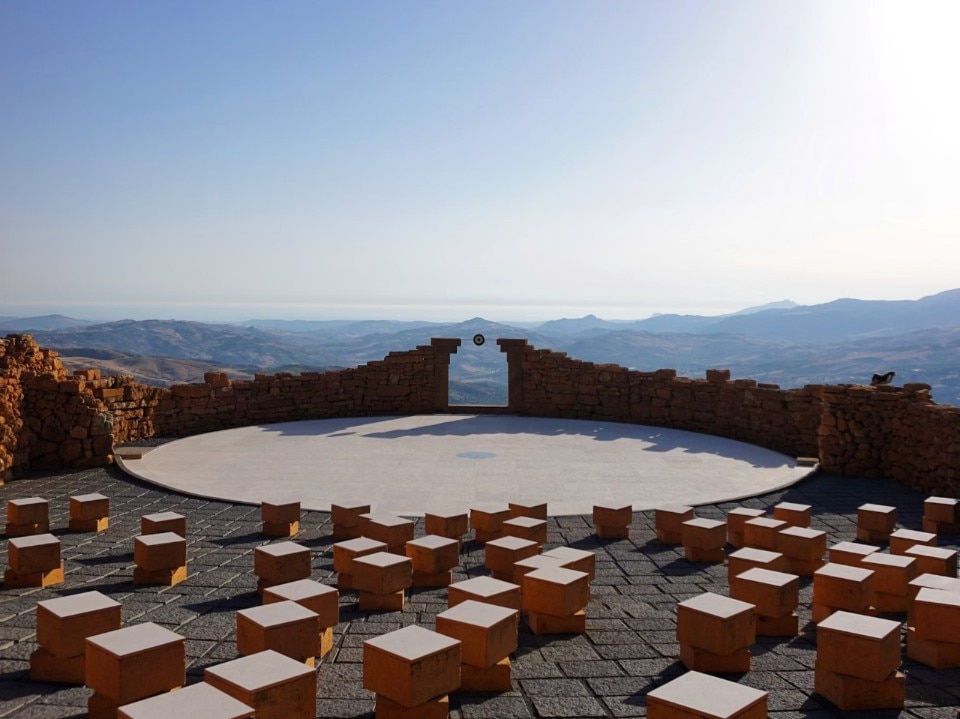
Bathed in light
Drawing from its more than 30 years of experience, SICIS introduces backlit pools in Vetrite, a patented solution that combines design, technology and function.
- Sponsored content
Picture this: you’re driving down the Autostrada del Sole (“Sun Motorway”), weaving through endless queues and stopping for a quick sandwich and coffee at those classic bridge-type Autogrill designed by Angelo Bianchetti. As you roll into town, you stumble upon village bars with their blue Algida tables and Monobloc white plastic chairs, where locals are playing cards. The beach scene? Think rackets, beach clubs, roadside bicycles, and a burst of colorful, breezy clothes that turn heads as the sun sets.
Family vacations and trips with friends alike bring forth images of the Tyrrhenian, Adriatic, or Ionian coasts – whether in northern, central, or southern Italy. These scenes are etched into our collective memory, persisting even as the way we experience vacations has evolved. It’s the myth of the Italian summer, nostalgically holding onto the legacy of the ‘80s and ‘90s.
This isn’t your typical tourist guide. It’s a handpicked selection of iconic Italian summer destinations and their stories. It covers everything from the architectural gems of modern Sicily to the creation of the Costa Smeralda paradise, and the island of Elba, which attracted renowned architects like Bbpr and Gio Ponti.
So, join us as we discover the places of the Italian summer, Domus style.
Apulia, beyond the sea
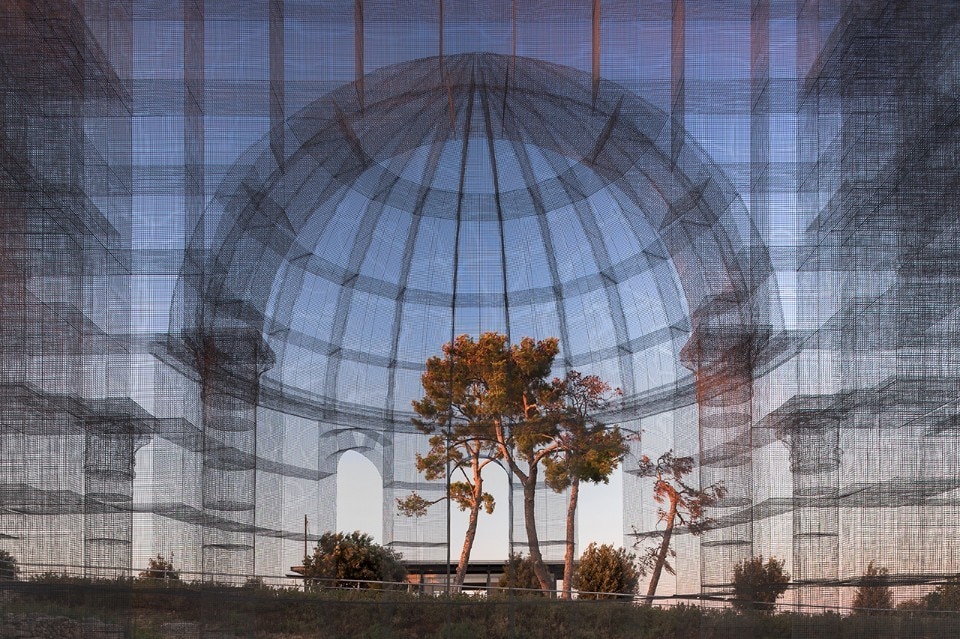
Every little corner of Puglia gives the chance to marvel: from the ancient tuff cathedrals (the one in Trani inspired the labyrinthine works of Maurits Cornelis Escher) to the olive groves that stretch over Martian red earth landscapes. Puglia is also one of the Italian regions that deeply transformed its relationship with tourism in the last two decades, attracting more and more holidaymakers. This year, thanks to the pandemic, there will be the opportunity for many Italians - and not only - to (re)discover it. Read more
Sicily and its modern architecture
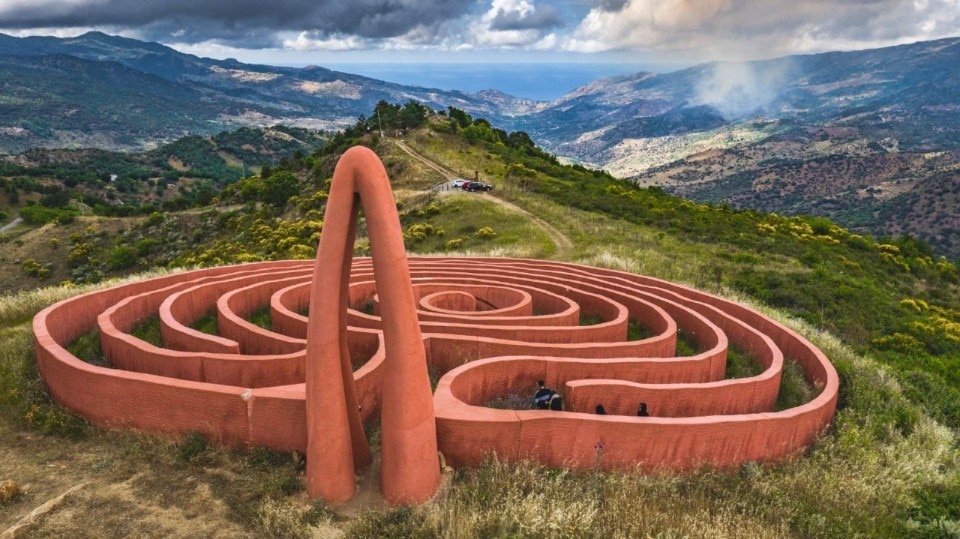
When we think of the architectural heritage of a region such as Sicily, the first examples that come to mind are undoubtedly ancient: the Cathedral of Syracuse and the Temple of Selinunte, the Baroque route in the Noto Valley and the Arab-Norman route in Palermo. The grandeur of these examples overshadows a period, the modern and contemporary, that continues to offer us extraordinary examples of architectural and engineering works. Read more
Porto Cervo, the beach of the international jet-set where pan-Mediterranean architecture was born
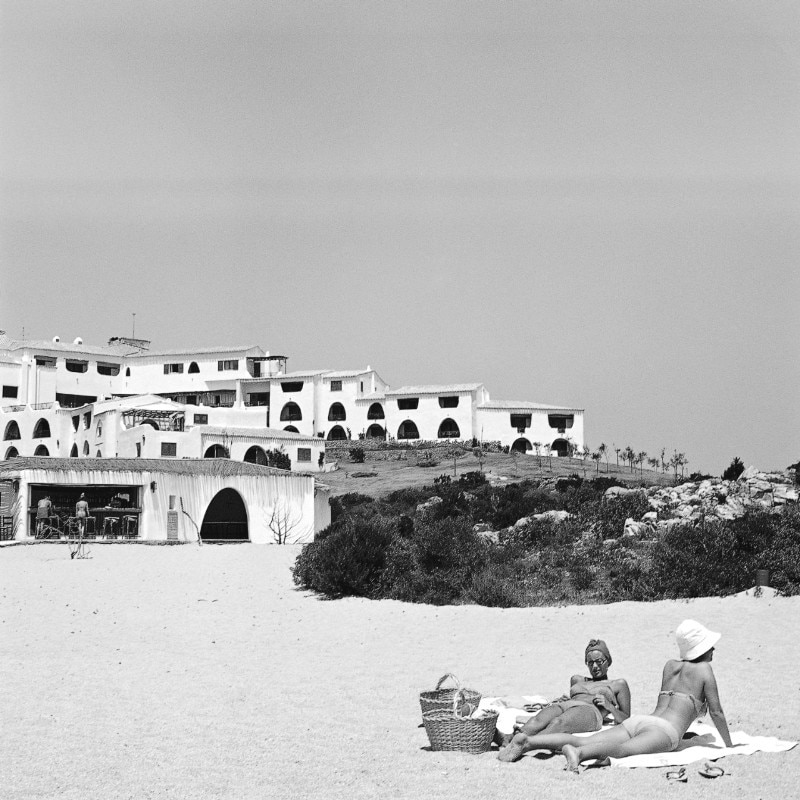
At the dawn of the 1960s, John Duncan Miller, a Cambridge graduate and finance mogul nearing retirement, former Washington correspondent for the Times and with a past in the British intelligence services in the American capital, finds himself sailing off the coast of north-western Sardinia. Read more
The Adriatic city, the other side of Italy
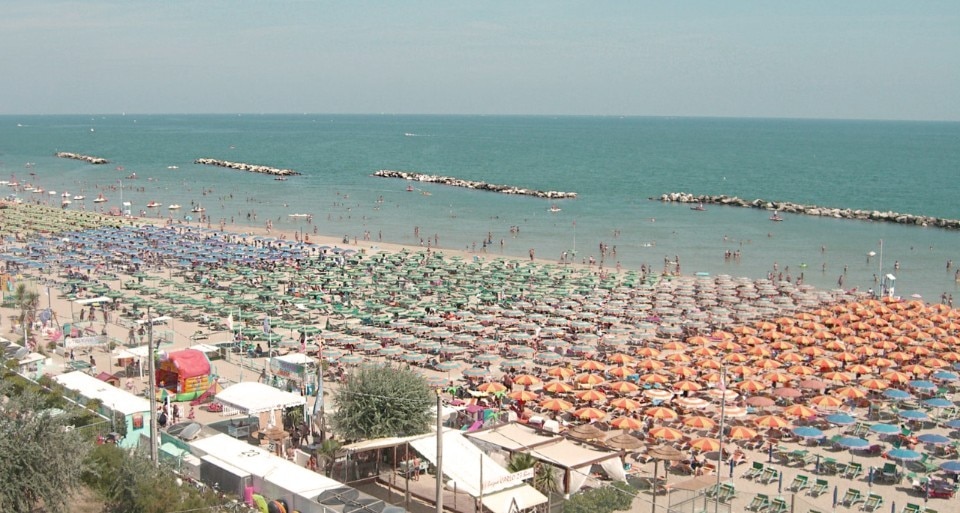
Also known in the past as sinus, inlet or gulf, the Adriatic is the maritime corridor that united Europe and the Levant for over a millennium. The Serenissima Republic of Venice established itself as a commercial superpower by expanding its relations with Asia and the Middle East. Read more
Elba: the great mystery of the Mediterranean
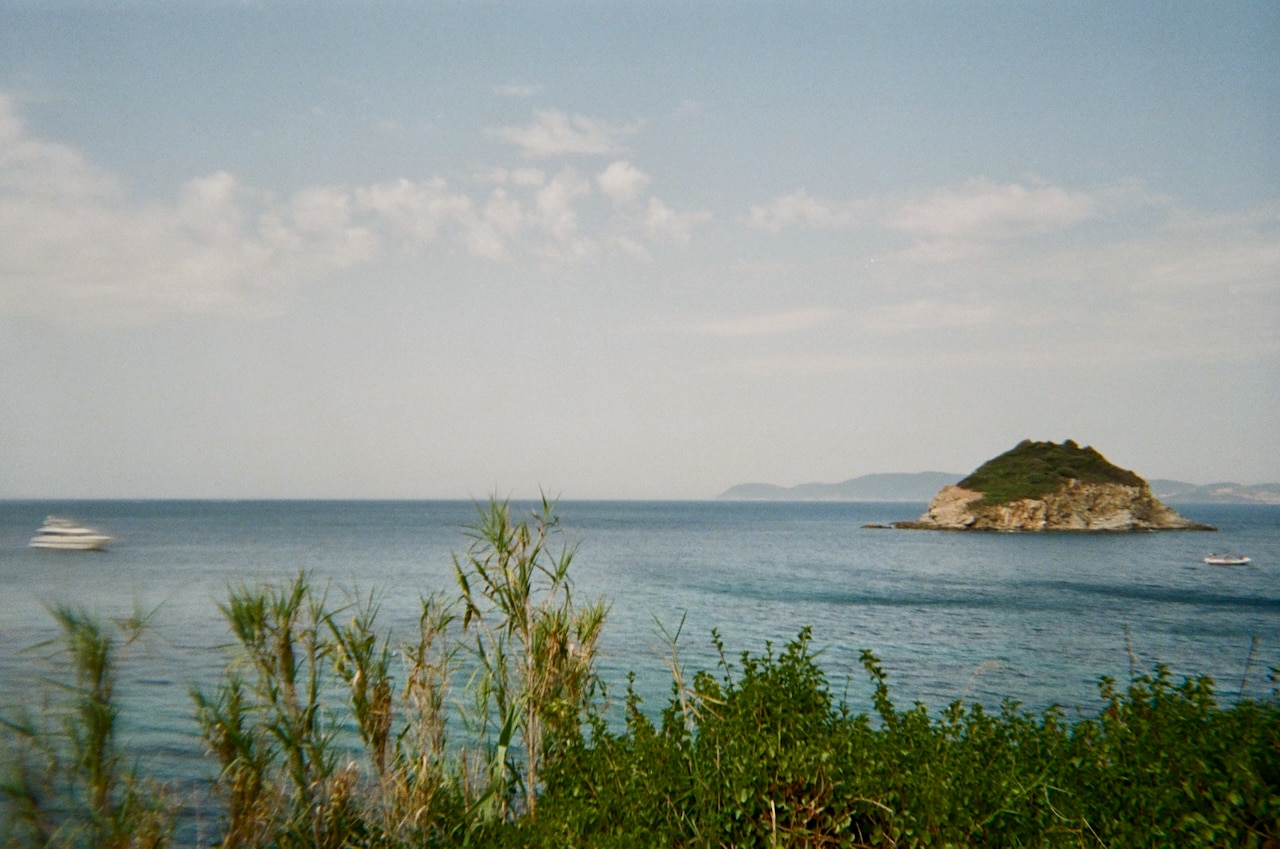
 View gallery
View gallery

Isola d'Elba, from the Domus archive
BBPR, research on Isola d’ Elba as tourist destination
Domus 152, August 1940

Isola d'Elba, from the Domus archive
BBPR, research on Isola d’ Elba as tourist destination
Domus 152, August 1940

Isola d'Elba, from the Domus archive
BBPR, research on Isola d’ Elba as tourist destination
Domus 152, August 1940

Isola d'Elba, from the Domus archive
Leonardo Ricci, villa for Pierre Balmain in Poggio, Isola d’Elba, 1959
Domus 354, May 1959

Isola d'Elba, from the Domus archive
advertisement for the Capo di Stella project
Domus 367, June 1960

Isola d'Elba, from the Domus archive
BBPR with Pietro Porcinai, masterplan for Capo di Stella, 1960
Domus 367, June 1960

Isola d'Elba, from the Domus archive
BBPR with Pietro Porcinai, masterplan for Capo di Stella, 1960
Domus 367, June 1960

Isola d'Elba, from the Domus archive
BBPR with Pietro Porcinai, masterplan for Capo di Stella, 1960
Domus 367, June 1960

Isola d'Elba, from the Domus archive
Gio Ponti, Villas Ottagonale and Allungata in Capo Perla, 1961-62
Domus 732, November 1991

Isola d'Elba, from the Domus archive
Gio Ponti, Villas Ottagonale and Allungata in Capo Perla, 1961-62
Domus 732, November 1991

Isola d'Elba, from the Domus archive
Gio Ponti, Villas Ottagonale and Allungata in Capo Perla, 1961-62
Domus 732, November 1991

Isola d'Elba, from the Domus archive
Gianni Pettena’s home on Isola d’Elba
Domus 944, February 2011

Isola d'Elba, from the Domus archive
R. Gabetti and A. Isola, Villa S. Anna complex, Isola d’Elba, 1993
Domus 749, May 1993

Isola d'Elba, from the Domus archive
R. Gabetti and A. Isola, Villa S. Anna complex, Isola d’Elba, 1993
Domus 749, May 1993

Isola d'Elba, from the Domus archive
BBPR, research on Isola d’ Elba as tourist destination
Domus 152, August 1940

Isola d'Elba, from the Domus archive
BBPR, research on Isola d’ Elba as tourist destination
Domus 152, August 1940

Isola d'Elba, from the Domus archive
BBPR, research on Isola d’ Elba as tourist destination
Domus 152, August 1940

Isola d'Elba, from the Domus archive
Leonardo Ricci, villa for Pierre Balmain in Poggio, Isola d’Elba, 1959
Domus 354, May 1959

Isola d'Elba, from the Domus archive
advertisement for the Capo di Stella project
Domus 367, June 1960

Isola d'Elba, from the Domus archive
BBPR with Pietro Porcinai, masterplan for Capo di Stella, 1960
Domus 367, June 1960

Isola d'Elba, from the Domus archive
BBPR with Pietro Porcinai, masterplan for Capo di Stella, 1960
Domus 367, June 1960

Isola d'Elba, from the Domus archive
BBPR with Pietro Porcinai, masterplan for Capo di Stella, 1960
Domus 367, June 1960

Isola d'Elba, from the Domus archive
Gio Ponti, Villas Ottagonale and Allungata in Capo Perla, 1961-62
Domus 732, November 1991

Isola d'Elba, from the Domus archive
Gio Ponti, Villas Ottagonale and Allungata in Capo Perla, 1961-62
Domus 732, November 1991

Isola d'Elba, from the Domus archive
Gio Ponti, Villas Ottagonale and Allungata in Capo Perla, 1961-62
Domus 732, November 1991

Isola d'Elba, from the Domus archive
Gianni Pettena’s home on Isola d’Elba
Domus 944, February 2011

Isola d'Elba, from the Domus archive
R. Gabetti and A. Isola, Villa S. Anna complex, Isola d’Elba, 1993
Domus 749, May 1993

Isola d'Elba, from the Domus archive
R. Gabetti and A. Isola, Villa S. Anna complex, Isola d’Elba, 1993
Domus 749, May 1993
"The climate is so exceptional that Capri, so famous for its sunshine, finds a rival here. Especially the coasts to the south, which are now almost wild, will be able to accommodate even in winter those who prefer Mediterranean warmth in every season”, wrote Gio Ponti with BBPR a few decades ago, showing some modernist faith in science, still probably aware, already, of one simple fact as well: that Elba is no Capri. Read more
The beautiful summer of Sabaudia
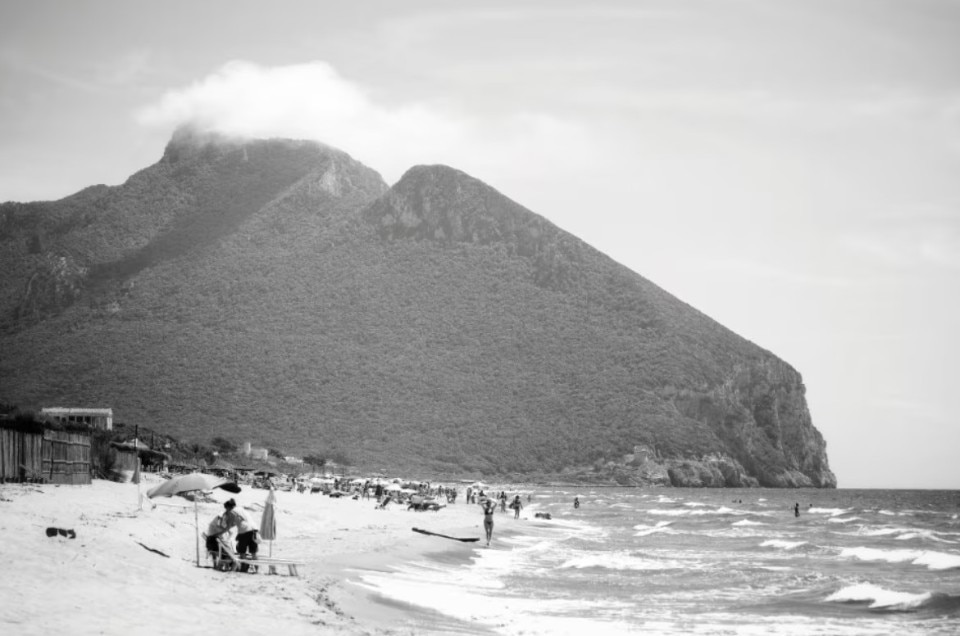
Developed when Mussolini was in power, the town became the capital of the anti-fascist intelligentsia that in the 1960s opposed the cementing of the country with villas that still represent one of the greatest defilements of the Italian territory. Read more
Arenzano: wonders and contradictions of an acropolis by the Ligurian Sea

 View gallery
View gallery

Arenzano: wonders and contradictions of an acropolis by the Ligurian Sea
Ignazio Gardella, hotel in Capo San Martino, Arenzano, Italy, 1958. Photo Casali-Domus

Arenzano: wonders and contradictions of an acropolis by the Ligurian Sea
Ignazio Gardella, hotel in Capo San Martino, Arenzano, Italy, 1958. Photo Casali-Domus

Arenzano: wonders and contradictions of an acropolis by the Ligurian Sea
Ignazio Gardella, hotel in Capo San Martino, Arenzano, Italy, 1958. Photo Casali-Domus

Arenzano: wonders and contradictions of an acropolis by the Ligurian Sea
Ignazio Gardella, hotel in Capo San Martino, Arenzano, Italy, 1958. Photo Casali-Domus

Arenzano: wonders and contradictions of an acropolis by the Ligurian Sea
Ignazio Gardella, hotel in Capo San Martino, Arenzano, Italy, 1958. Photo Casali-Domus

Arenzano: wonders and contradictions of an acropolis by the Ligurian Sea
Ignazio Gardella, hotel in Capo San Martino, Arenzano, Italy, 1958. Photo Casali-Domus

Arenzano: wonders and contradictions of an acropolis by the Ligurian Sea
Ignazio Gardella, hotel in Capo San Martino, Arenzano, Italy, 1958. Photo Casali-Domus

Arenzano: wonders and contradictions of an acropolis by the Ligurian Sea
Ignazio Gardella, hotel in Capo San Martino, Arenzano, Italy, 1958. Photo Casali-Domus

Arenzano: wonders and contradictions of an acropolis by the Ligurian Sea
Ignazio Gardella, hotel in Capo San Martino, Arenzano, Italy, 1958. Photo Casali-Domus

Arenzano: wonders and contradictions of an acropolis by the Ligurian Sea
Ignazio Gardella, hotel in Capo San Martino, Arenzano, Italy, 1958. Photo Casali-Domus

Arenzano: wonders and contradictions of an acropolis by the Ligurian Sea
Ignazio Gardella, hotel in Capo San Martino, Arenzano, Italy, 1958. Photo Casali-Domus

Arenzano: wonders and contradictions of an acropolis by the Ligurian Sea
Ignazio Gardella, hotel in Capo San Martino, Arenzano, Italy, 1958. Photo Casali-Domus

Arenzano: wonders and contradictions of an acropolis by the Ligurian Sea
Ignazio Gardella, Anna Castelli Ferrieri, square, Arenzano, Itay, 1960. Photo Casali-Domus

Arenzano: wonders and contradictions of an acropolis by the Ligurian Sea
Ignazio Gardella, Anna Castelli Ferrieri, piazza, Arenzano, Italia, 1960. Foto Casali-Domus
Ignazio Gardella, Anna Castelli Ferrieri, square, Arenzano, Itay, 1960. Photo Casali-Domus

Arenzano: wonders and contradictions of an acropolis by the Ligurian Sea
Ignazio Gardella, Anna Castelli Ferrieri, square, Arenzano, Itay, 1960. Photo Casali-Domus

Arenzano: wonders and contradictions of an acropolis by the Ligurian Sea
Ignazio Gardella, Anna Castelli Ferrieri, square, Arenzano, Itay, 1960. Photo Casali-Domus

Arenzano: wonders and contradictions of an acropolis by the Ligurian Sea
Ignazio Gardella, Anna Castelli Ferrieri, square, Arenzano, Itay, 1960. Photo Casali-Domus

Arenzano: wonders and contradictions of an acropolis by the Ligurian Sea
Ignazio Gardella, Anna Castelli Ferrieri, square, Arenzano, Itay, 1960. Photo Casali-Domus

Arenzano: wonders and contradictions of an acropolis by the Ligurian Sea
Ignazio Gardella, Anna Castelli Ferrieri, square, Arenzano, Itay, 1960. Photo Casali-Domus

Arenzano: wonders and contradictions of an acropolis by the Ligurian Sea
Ignazio Gardella, Anna Castelli Ferrieri, square, Arenzano, Itay, 1960. Photo Casali-Domus

Arenzano: wonders and contradictions of an acropolis by the Ligurian Sea
Ignazio Gardella, Anna Castelli Ferrieri, villa, Arenzano, Italy, 1962. Photo Casali-Domus

Arenzano: wonders and contradictions of an acropolis by the Ligurian Sea
Ignazio Gardella, Anna Castelli Ferrieri, villa, Arenzano, Italy, 1962. Photo Casali-Domus

Arenzano: wonders and contradictions of an acropolis by the Ligurian Sea
Ignazio Gardella, Anna Castelli Ferrieri, villa, Arenzano, Italy, 1962. Photo Casali-Domus

Arenzano: wonders and contradictions of an acropolis by the Ligurian Sea
Ignazio Gardella, hotel in Capo San Martino, Arenzano, Italy, 1958. Photo Casali-Domus

Arenzano: wonders and contradictions of an acropolis by the Ligurian Sea
Ignazio Gardella, hotel in Capo San Martino, Arenzano, Italy, 1958. Photo Casali-Domus

Arenzano: wonders and contradictions of an acropolis by the Ligurian Sea
Ignazio Gardella, hotel in Capo San Martino, Arenzano, Italy, 1958. Photo Casali-Domus

Arenzano: wonders and contradictions of an acropolis by the Ligurian Sea
Ignazio Gardella, hotel in Capo San Martino, Arenzano, Italy, 1958. Photo Casali-Domus

Arenzano: wonders and contradictions of an acropolis by the Ligurian Sea
Ignazio Gardella, hotel in Capo San Martino, Arenzano, Italy, 1958. Photo Casali-Domus

Arenzano: wonders and contradictions of an acropolis by the Ligurian Sea
Ignazio Gardella, hotel in Capo San Martino, Arenzano, Italy, 1958. Photo Casali-Domus

Arenzano: wonders and contradictions of an acropolis by the Ligurian Sea
Ignazio Gardella, hotel in Capo San Martino, Arenzano, Italy, 1958. Photo Casali-Domus

Arenzano: wonders and contradictions of an acropolis by the Ligurian Sea
Ignazio Gardella, hotel in Capo San Martino, Arenzano, Italy, 1958. Photo Casali-Domus

Arenzano: wonders and contradictions of an acropolis by the Ligurian Sea
Ignazio Gardella, hotel in Capo San Martino, Arenzano, Italy, 1958. Photo Casali-Domus

Arenzano: wonders and contradictions of an acropolis by the Ligurian Sea
Ignazio Gardella, hotel in Capo San Martino, Arenzano, Italy, 1958. Photo Casali-Domus

Arenzano: wonders and contradictions of an acropolis by the Ligurian Sea
Ignazio Gardella, hotel in Capo San Martino, Arenzano, Italy, 1958. Photo Casali-Domus

Arenzano: wonders and contradictions of an acropolis by the Ligurian Sea
Ignazio Gardella, hotel in Capo San Martino, Arenzano, Italy, 1958. Photo Casali-Domus

Arenzano: wonders and contradictions of an acropolis by the Ligurian Sea
Ignazio Gardella, Anna Castelli Ferrieri, square, Arenzano, Itay, 1960. Photo Casali-Domus

Arenzano: wonders and contradictions of an acropolis by the Ligurian Sea
Ignazio Gardella, Anna Castelli Ferrieri, piazza, Arenzano, Italia, 1960. Foto Casali-Domus
Ignazio Gardella, Anna Castelli Ferrieri, square, Arenzano, Itay, 1960. Photo Casali-Domus

Arenzano: wonders and contradictions of an acropolis by the Ligurian Sea
Ignazio Gardella, Anna Castelli Ferrieri, square, Arenzano, Itay, 1960. Photo Casali-Domus

Arenzano: wonders and contradictions of an acropolis by the Ligurian Sea
Ignazio Gardella, Anna Castelli Ferrieri, square, Arenzano, Itay, 1960. Photo Casali-Domus

Arenzano: wonders and contradictions of an acropolis by the Ligurian Sea
Ignazio Gardella, Anna Castelli Ferrieri, square, Arenzano, Itay, 1960. Photo Casali-Domus

Arenzano: wonders and contradictions of an acropolis by the Ligurian Sea
Ignazio Gardella, Anna Castelli Ferrieri, square, Arenzano, Itay, 1960. Photo Casali-Domus

Arenzano: wonders and contradictions of an acropolis by the Ligurian Sea
Ignazio Gardella, Anna Castelli Ferrieri, square, Arenzano, Itay, 1960. Photo Casali-Domus

Arenzano: wonders and contradictions of an acropolis by the Ligurian Sea
Ignazio Gardella, Anna Castelli Ferrieri, square, Arenzano, Itay, 1960. Photo Casali-Domus

Arenzano: wonders and contradictions of an acropolis by the Ligurian Sea
Ignazio Gardella, Anna Castelli Ferrieri, villa, Arenzano, Italy, 1962. Photo Casali-Domus

Arenzano: wonders and contradictions of an acropolis by the Ligurian Sea
Ignazio Gardella, Anna Castelli Ferrieri, villa, Arenzano, Italy, 1962. Photo Casali-Domus

Arenzano: wonders and contradictions of an acropolis by the Ligurian Sea
Ignazio Gardella, Anna Castelli Ferrieri, villa, Arenzano, Italy, 1962. Photo Casali-Domus
Domus first wrote about the big pine forest southwest of Arenzano, on the western coast of Liguria, in 1958, only two years after the approval of the touristic development plan proposed by Ignazio Gardella and Marco Zanuso. Read more
Paradise invented: the villas of Costa Smeralda

 View gallery
View gallery
From an inspired entrepreneurial vision to the conception of a whole stylistic vocabulary from scratch, Costa Smeralda – north-east of Sardinian shoreline – is still a design challenge, between architectural gems and the risks of property show-off. Read more
A holiday city in Manacore: the Apulian project of Marcello D’Olivo

 View gallery
View gallery

A holiday city in Manacore: the Apulian project of Marcello D’Olivo
Marcello D'Olivo, masterplan, Manacore, Italy, 1959-1964

A holiday city in Manacore: the Apulian project of Marcello D’Olivo
Marcello D'Olivo, Gusmay hotel, plans

A holiday city in Manacore: the Apulian project of Marcello D’Olivo
Marcello D'Olivo, Gusmay hotel, elevations

A holiday city in Manacore: the Apulian project of Marcello D’Olivo
Marcello D'Olivo, "Pronto ristoro", ground floor plan

A holiday city in Manacore: the Apulian project of Marcello D’Olivo
Marcello D'Olivo, single-family houses, site plan

A holiday city in Manacore: the Apulian project of Marcello D’Olivo
Marcello D'Olivo, single-family house, section

A holiday city in Manacore: the Apulian project of Marcello D’Olivo
Marcello D'Olivo, single-family house, section

A holiday city in Manacore: the Apulian project of Marcello D’Olivo
Marcello D'Olivo, unbuilt project for a hotel, site plan

A holiday city in Manacore: the Apulian project of Marcello D’Olivo
Marcello D'Olivo, masterplan, Manacore, Italy, 1959-1964

A holiday city in Manacore: the Apulian project of Marcello D’Olivo
Marcello D'Olivo, Gusmay hotel, plans

A holiday city in Manacore: the Apulian project of Marcello D’Olivo
Marcello D'Olivo, Gusmay hotel, elevations

A holiday city in Manacore: the Apulian project of Marcello D’Olivo
Marcello D'Olivo, "Pronto ristoro", ground floor plan

A holiday city in Manacore: the Apulian project of Marcello D’Olivo
Marcello D'Olivo, single-family houses, site plan

A holiday city in Manacore: the Apulian project of Marcello D’Olivo
Marcello D'Olivo, single-family house, section

A holiday city in Manacore: the Apulian project of Marcello D’Olivo
Marcello D'Olivo, single-family house, section

A holiday city in Manacore: the Apulian project of Marcello D’Olivo
Marcello D'Olivo, unbuilt project for a hotel, site plan
28 pages of Domus 412 (March 1964) enthusiastically introduced to the readers the general plan and the first realizations of Manacore (1959-1964), located in one of the most impressive parts of Gargano between Vieste and Peschici. The editor said that "the case of Manacore, a 'holiday town' in the Gargano peninsula is something exceptional for Italy [...]: It took intelligence and courage to entrust to a single person the entire urban and architectural planning of the complex, and the projects planned and those already completed have a great formal value." The 400-hectare site was designed to accommodate up to 20,000 people and was the result of a "great and decisive planning" Read more
Back to 1973, another Sardinia: Umberto Riva in Stintino

Three houses in a row, at Stintino, Sardinia, the landscape suggested this plain and unitary solution, directly associated with the traditional Sardinian typology of tunny-fishing plants and rural hamlets. The three small homes are surrounded by a continuous perimeter wall which protects them from the wind, the heat and strong light, creating porches and courtyards for outdoor living. Read more
Opening image: photo Marco Biondi from Unsplash

Design at the service of water
Combining minimalist design and innovation, Rubinetterie Treemme's W-Smart and W-Touch solutions are at the forefront of the industry, offering precise and intuitive water control.
- Sponsored content

